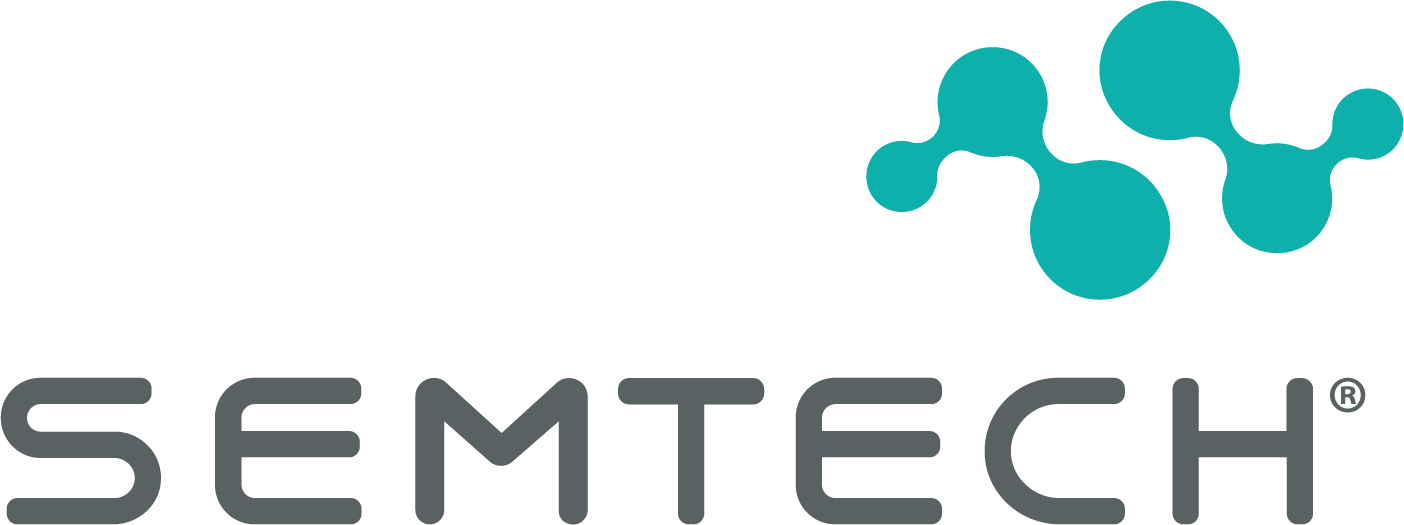
Semtech
Semtech is a global semiconductor company that specializes in designing and manufacturing high-performance analog and mixed-signal semiconductors. With a focus on power management, data protection, and wireless communication, Semtech's innovative solutions are widely used in applications such as Internet of Things (IoT), smart homes, industrial automation, and telecommunications. The company's product portfolio includes advanced semiconductor chips, modules, and platforms that enable efficient energy management, reliable data transmission, and enhanced connectivity. Known for their quality, reliability, and low power consumption, Semtech's solutions have gained recognition and trust from customers worldwide. With a commitment to technological excellence and customer satisfaction, Semtech continues to drive innovation in the semiconductor industry and enable the development of cutting-edge applications across various sectors.
Full Half-Bridge (H Bridge) Drivers
Results:
2
Series
Voltage - Load
Voltage - Supply
Interface
Operating Temperature
Applications
Output Configuration
Grade
Load Type
Mounting Type
Current - Peak Output
Rds On (Typ)
Supplier Device Package
Qualification
Fault Protection
Package / Case
Technology
Features
Current - Output / Channel
Results remaining:2
Applied Filters:
Semtech
About Full Half-Bridge (H Bridge) Drivers
Bridge driver PMIC devices are designed to facilitate the operation of power transistors as switches, controlled by an external device. These devices consist of two or more power transistors and the necessary circuitry to drive them efficiently. The power transistors are typically arranged in pairs, known as half-bridges, where the junction between each pair can be connected to either of two power supply rails. The primary purpose of bridge driver PMICs is to translate low-level control signals, usually provided by a microcontroller or similar control device, into higher-power signals required to operate actuators such as stepper motors or brushless motors. By amplifying and modulating the control signals, these PMICs enable precise and efficient control of motor speed, direction, and torque. The power transistors within the PMIC act as switches, rapidly turning on and off to control the flow of current through the motor windings. This switching action generates the desired magnetic fields within the motor, resulting in precise and controlled movement. Bridge driver PMICs offer several advantages in motor control applications. They provide the necessary power amplification to drive motors with higher current and voltage requirements. Moreover, the integrated circuitry within the PMIC protects the control device and the power transistors from potential damage due to overcurrent, overvoltage, or overheating conditions. These devices find wide application in various industries, including robotics, automation, automotive, and consumer electronics, where precise control of motors is essential. They play a vital role in enabling efficient and reliable operation of actuators, translating low-level control signals into high-power signals required for motor control.

